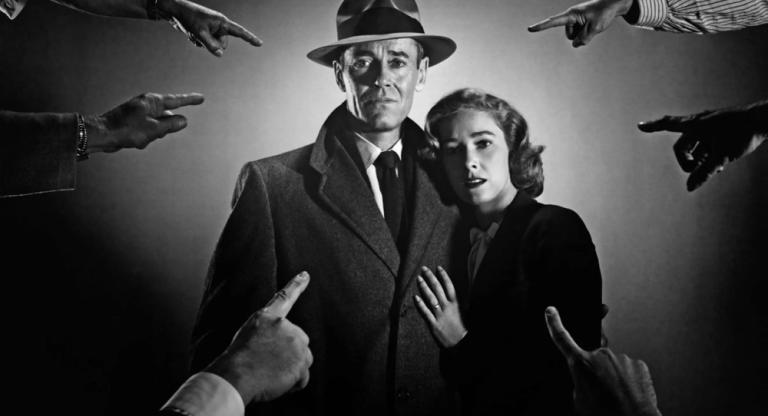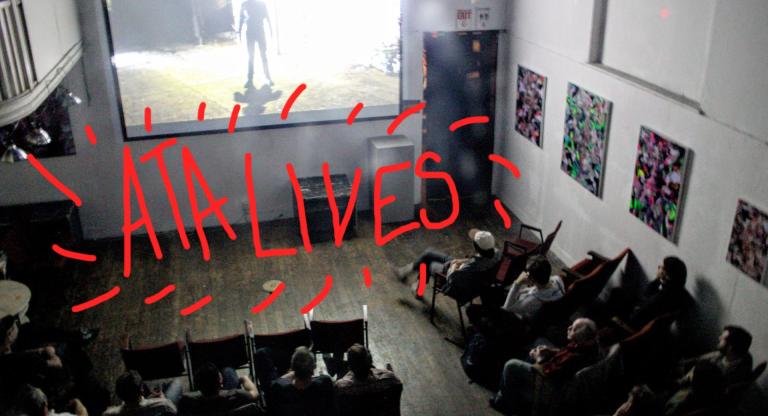In 1998, Titanic dominated theaters worldwide, holding top status at the global box office for a record-setting four consecutive months. Director James Cameron has since claimed that its run was only broken due to the release prints physically disintegrating. “Titanic played so long that our prints fell apart. We only left theaters because our prints had become unwatchable. We hit the upper boundary of how long prints can run in theaters, and I can tell you how long that is—it’s 16 weeks.”
Exhibition on 35mm release prints was the industry default from the early 1900s until the late aughts, and in 2013 a mandate to “go digital or go dark” was broadcast to theater chains across the US as studios sharply phased out film as a mode for wide release exhibition. By then, its inherent qualities had become inescapably entangled in our cinematic sensibility and memory. Contemporary remasters of legacy films often involve not only preservation but restoration, implementing stylistic shifts toward modern sonic and visual trends. Color regrades, grain reduction, image sharpening, incorrect aspect ratios, and even re-editing have in some cases rendered older titles with little resemblance to how they originally looked and were experienced by their initial audiences. The Matrix was re-graded many times for subsequent digital home video and DCP releases. For many titles, access to 35mm public screenings is increasingly rare or restricted by studios. So how do we account for what audiences of the past saw and heard when understanding a film’s historical evolution? As we graduate from the era of physical media and move more firmly into the era of the digital catalog, will the ever-evolving film remaster supersede previous versions of itself in terms of what is openly accessible to view?
Unlike older audio formats such as the vinyl record and cassette tape, which have recently enjoyed a period of resurgence, 35mm prints are not a consumer home media format. However, online amateur conservationists have increasingly sought to independently telecine and catalog original theatrical release prints to offer “demastered” alternatives by which to see versions of films as audiences had originally experienced them, making the files available on private forums and peer-to-peer networks of enthusiasts. For anyone whose film education was built upon the theatrical 35mm experience—especially those in places without access to regular 35mm repertory screenings—seeing digital scans like these can be revelatory; channeling vaporous sense-memories of soda-lacquered floors, buttered-scented carpet, and the illuminated metronomic flicker of translucent photochemical images on large reflective screens.
Like formats such as VHS, the cinematic release print was actually several generations removed from the original camera negative. Producing thousands of physical copies meant printing from duplicate negatives to avoid stressing the original. This resulted in higher visual contrast ratios, additional grain in optical composites, and typically a sound mix with layers of additive harmonic saturation and noise accumulation (precisely why Dolby’s noise reduction technology was so key from the ’70s through the mid-’90s). All this, including disparate print stocks and variations between labs, made for a specific visual and sonic patina. By digitally freezing this unstable historic exhibition format, amateur conservationists are providing a way to travel back in time, preserving and cataloging an experience.
Photo illustration by Kyle Hurley



